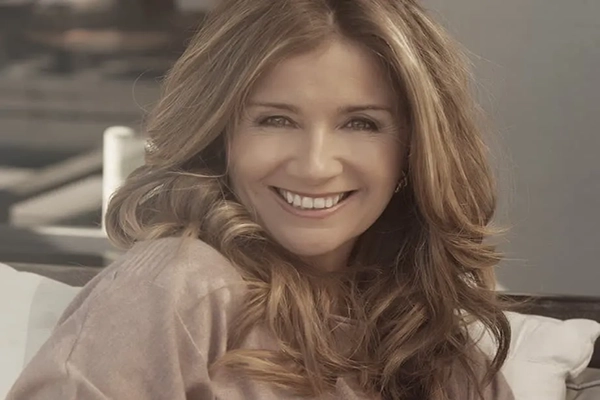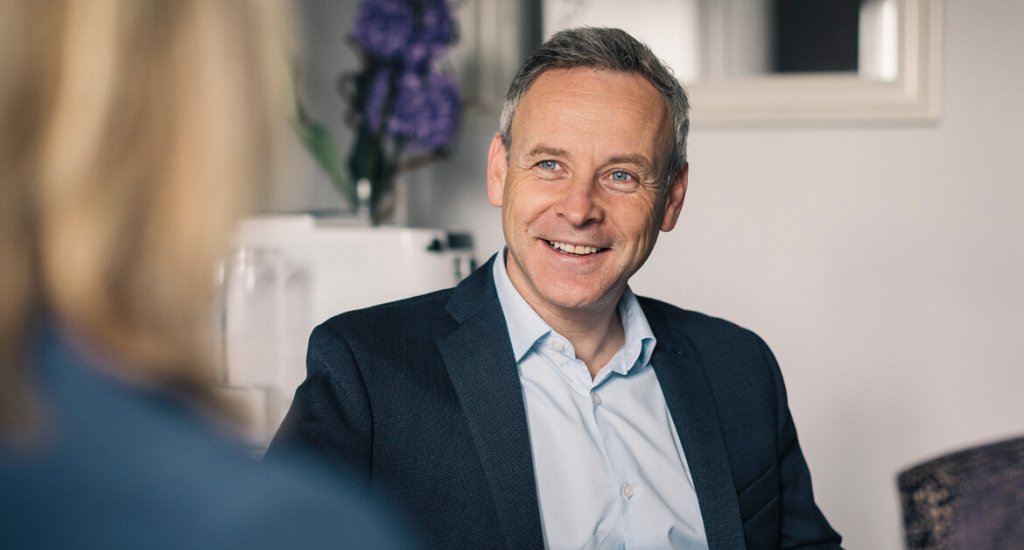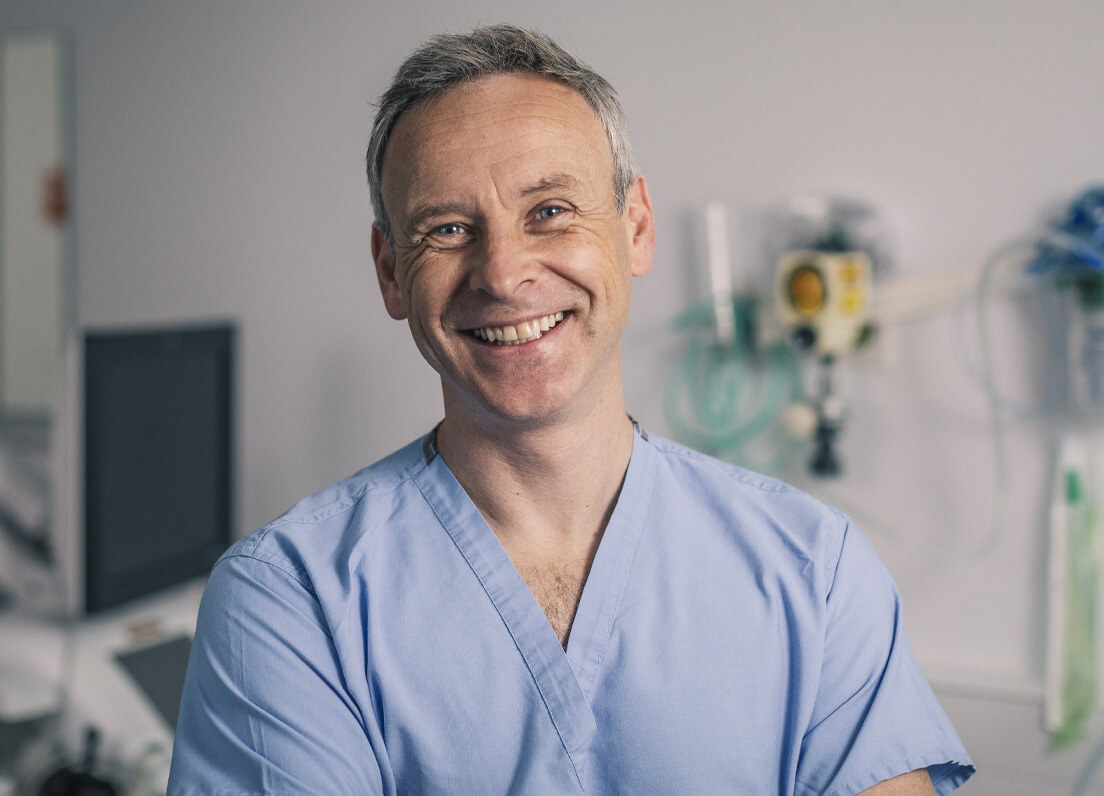The world of cosmetic surgery is ever-evolving, with new techniques and procedures introduced regularly to provide individuals with a range of options for maintaining their appearance. Among these innovative approaches, the Vertical Restore Facelift stands out as a method designed to offer more natural and lasting results compared to Traditional Facelift techniques.
A Traditional Facelift often focus on pulling the skin horizontally towards the ears, which can sometimes result in an unnatural, “pulled-back” appearance. In contrast, the Vertical Restore method emphasises lifting the facial tissues vertically, in alignment with the natural direction of youthful facial contours. This approach not only addresses the sagging skin but also the underlying structures of the face, offering a more complex rejuvenation.
What sets the Vertical Restore Facelift apart is its ability to achieve a harmonious and balanced restoration of the face. By targeting the deeper layers of facial tissue, Consultant Plastic Surgeon Anthony MacQuillan can reposition sagging skin, muscles, and fat in a way that reflects the patient’s natural youthfulness, rather than simply tightening the skin.
Which Facial Regions Can A Vertical Restore Facelift Address?
A Vertical Restore (VR) Facelift is designed to rejuvenate the facial appearance by targeting several key areas that show signs of ageing. This approach goes beyond the capabilities of Traditional Facelifts, addressing not just the skin but the deeper structures of the face to create a more youthful and natural-looking outcome.
The primary regions that a VR Facelift can address include:
- Midface and Cheek Area: One of the features of a VR Facelift is its ability to lift and restore volume to the midface and cheeks. As we age, the cheeks tend to lose their volume and sag, contributing to a tired or aged appearance. The VR Facelift repositions the deeper layers of the face, restoring the cheeks to a higher, more youthful position and enhancing facial contours.
- Jawline and Lower Face: Sagging in the lower face and the development of jowls are common ageing concerns that can be effectively corrected with a VR Facelift. By tightening the underlying muscles and removing excess skin, this procedure sharpens the jawline, reduces jowls, and creates a cleaner, more defined lower facial profile.
- Neck: The neck often shows ageing signs early, with loose skin and banding that can detract from a youthful appearance. A VR Facelift can include techniques to tighten the neck skin and underlying muscles, improving the overall appearance of the neck and creating a seamless transition from the rejuvenated face.
The VR Facelift’s ability to address these areas simultaneously is what sets it apart from other Facelift techniques. By focusing on vertical lifting and repositioning, it counteracts the downward drift of facial tissues that occurs with age, offering a solution that is both complex and tailored to the individual’s anatomy and ageing pattern. This results in a harmonious, refreshed appearance that respects the natural beauty and character of the face, avoiding the overstretched or unnatural look that can sometimes result from more Traditional Facelift methods.
Comparing Vertical Restore to Other Facelift Techniques
When considering Facelift options, it’s essential to understand how different techniques compare to ensure you choose the best approach for your aesthetic goals. The Vertical Restore Facelift stands out for its innovative approach to facial rejuvenation, offering distinct advantages over traditional methods.
- Traditional Facelift: Traditional Facelift primarily addresses the lower face and neck, focusing on removing excess skin and tightening what remains. This method often involves pulling the skin horizontally towards the ears, which can sometimes result in an unnatural, “windblown” appearance. The Vertical Restore Facelift, in contrast, emphasises vertical repositioning of the skin and underlying tissues. This aligns more naturally with the way the face ages, offering results that are both more subtle and more comprehensive.
- Deep Plane Facelift: The Deep Plane Facelift is another advanced technique that goes under the SMAS layer, repositioning it along with the skin. It offers significant improvements in facial appearance with natural-looking results. The Vertical Restore Facelift shares similarities with the deep plane approach, particularly in addressing ageing signs at a deeper structural level. However, the Vertical Restore technique focuses more on the vertical repositioning of tissues, which can lead to a more youthful and refreshed look without the tightness sometimes associated with the deep plane method.
- Mini Facelift: A Mini Facelift is less invasive than a Full Facelift and target specific areas of the face, such as the jawline and neck. While Mini Facelifts offer shorter recovery times, their results are typically less dramatic and less durable. The Vertical Restore Facelift, although more invasive, provides a solution to ageing concerns, offering a significant and lasting transformation.
- Thread Lift: A Thread Lift offer a minimally invasive alternative to a Traditional Facelift, using medical-grade thread to lift and tighten the skin. While the recovery is quick and the procedure carries fewer risks, the results are temporary, often lasting only 1-2 years. The Vertical Restore Facelift, by contrast, offers a permanent solution by addressing the underlying causes of facial ageing.
The Vertical Restore Facelift Procedure Explained
The Vertical Restore Facelift marks a significant evolution in the approach to facial rejuvenation, offering a refined method that aligns more closely with the natural ageing process. Here is the process explained:
- Initial Consultation: The journey begins with a thorough consultation, where Anthony evaluates the patient’s facial structure, skin quality, and discusses the desired outcomes. This stage is crucial for setting realistic expectations and tailoring the procedure to the individual’s needs.
- Preparation: Patients receive guidance on how to prepare for surgery, including dietary recommendations, medication adjustments, and lifestyle changes. Preparing the body and mind for surgery is a key step towards ensuring a smooth procedure and recovery.
- Anaesthesia: The Vertical Restore Facelift is performed under general anaesthesia or intravenous sedation, depending on the extent of the procedure and the patient’s comfort. Anaesthesia ensures that the patient is comfortable and pain-free throughout the surgery.
- The Incisions: One of the pivotal aspects of the Vertical Restore technique is the strategic placement of incisions. Typically, incisions are made within the hairline and around the ears, minimising visible scarring. The exact location and length of the incisions are customised based on the patient’s facial structure and the specific areas being addressed.
- Repositioning and Tightening: The core of the Vertical Restore Facelift involves carefully lifting and repositioning the deeper layers of the face, including muscles and connective tissue, in a vertical direction. This is complemented by the removal or redistribution of excess fat, enhancing facial contours.
- Skin Redraping: After the underlying structures have been adjusted, the skin is gently redraped over the newly sculpted facial contours. Excess skin is removed, and the incisions are meticulously closed with sutures, ensuring the scars are as inconspicuous as possible.
- Recovery: The final part of the procedure is the recovery phase, which begins immediately after surgery. Patients are monitored closely in the initial hours following the procedure and are given specific aftercare instructions to follow at home.
Ideal Candidates for Vertical Restore Facelift
Ideal candidates for a Vertical Restore (VR) Facelift are individuals seeking a significant improvement in facial ageing signs through a procedure tailored to offer natural-looking and long-lasting results. Understanding the criteria for candidacy and determining who should consider this procedure is crucial for achieving the desired outcomes.
Criteria for Candidacy
- Age-Related Changes: Individuals noticing sagging skin, deep wrinkles, and volume loss in the face and neck areas are prime candidates. The VR Facelift is designed to address these concerns by lifting and repositioning facial tissues.
- Skin Elasticity: While the procedure is effective for a wide range of ages, candidates with some degree of skin elasticity tend to achieve the best results. Elastic skin responds better to repositioning and heals more seamlessly.
- Overall Health: Candidates should be in good overall health, with no medical conditions that could impair healing or increase surgery risks. A strong immune system contributes to a smoother recovery and minimises complications.
- Realistic Expectations: Understanding the procedure’s potential outcomes and limitations is essential. Ideal candidates have a positive outlook and realistic expectations about the results achievable with a VR Facelift.
- Non-smokers: Smoking can significantly impair the healing process. Non-smokers, or those willing to quit well in advance of the surgery and throughout the recovery period, are ideal candidates.
Who Should Consider This Procedure
- Individuals Seeking Comprehensive Rejuvenation: Those looking for a solution to facial ageing that addresses not just superficial skin, but deeper structural changes.
- People Wanting Long-Lasting Results: Unlike non-surgical treatments that offer temporary solutions, candidates for a VR Facelift are interested in a more permanent correction of ageing signs.
- Those Unhappy with Previous Facelift Outcomes: Individuals who have undergone Facelift surgery in the past but are unsatisfied with the results or have seen their effects diminish over time may benefit from the VR approach.
- Patients Looking for Natural Results: Ideal candidates prefer a rejuvenated appearance that doesn’t look “done” or overly tight but rather naturally youthful.
Risks and Complications
Any surgical procedure comes with a set of risks and potential complications. The Vertical Restore Facelift, while offering numerous benefits and improvements over Traditional Facelift techniques, is no exception. Here are some of the possible risks associated with the procedure:
- Infection: Like all surgeries, there’s a risk of infection at the incision sites. However, following pre- and post-operative care instructions meticulously can significantly reduce this risk. Anthony also takes preventive measures, such as administering antibiotics.
- Scarring: Incisions are an inevitable part of any Facelift. In the Vertical Restore Facelift, incisions are strategically placed to minimise visibility, usually within the hairline or behind the ears. The quality of scar healing varies among individuals, but a skilled surgeon’s techniques, combined with proper wound care, can ensure scars are as inconspicuous as possible.
- Nerve Injury: There’s a small risk of nerve injury during the procedure, which could result in numbness or changes in facial movement. These effects are often temporary, but in rare cases, they could be permanent.
- Haematoma: A haematoma is a collection of blood underneath the skin that may occur after surgery. While not common, it’s a risk that can require additional intervention to resolve. Prompt attention to any signs of hematoma is essential for quick resolution.
- Skin Irregularities: Despite the advanced techniques used in the Vertical Restore Facelift, there’s a possibility of experiencing changes in skin sensation, irregularities, or asymmetry during the healing process. Most of these issues resolve as the swelling diminishes and the skin adapts to its new contours.
- Anaesthesia Risks: General anaesthesia, used in many Vertical Restore Facelift procedures, carries its own set of risks, such as allergic reactions, blood pressure variations, and, in very rare cases, more serious complications. A thorough pre-operative assessment helps to minimise these risks.
- Satisfaction with Results: It’s important to have realistic expectations. While the Vertical Restore Facelift aims to provide a more natural and youthful appearance, individual results can vary. Discussing potential outcomes and viewing before-and-after photos during consultations can help set achievable expectations.
FAQs about Vertical Restore Facelift
What makes the Vertical Restore Facelift different from Traditional Facelifts?
- The Vertical Restore Facelift focuses on lifting and repositioning the facial tissues vertically rather than pulling them back horizontally. This approach is designed to counteract the natural sagging of the face due to ageing, resulting in a more natural, rejuvenated appearance that maintains the individual’s natural facial contours.
How long do the results of a Vertical Restore Facelift last?
- While individual results can vary, the outcomes of a Vertical Restore Facelift are designed to be long-lasting. Many patients enjoy the benefits of their Facelift for several years. Factors such as skin quality, lifestyle, and adherence to post-operative care can influence the longevity of the results.
What is the recovery time for a Vertical Restore Facelift?
- Recovery time can vary based on the extent of the surgery and the individual’s healing process. Most patients can expect to return to normal activities within 2 to 4 weeks. But it may take several months for all swelling to subside and the final results to fully emerge.
Are there any risks associated with a Vertical Restore Facelift?
- As with any surgical procedure, there are risks involved, including reactions to anaesthesia, infection, haematoma, nerve injury, and dissatisfaction with the final results. It’s important to discuss all potential risks and concerns with Anthony during the consultation process.
Further Reading about Facelift Surgery with Consultant Plastic Surgeon Anthony MacQuillan
- How to Reduce Bruising and Swelling after Facelift
- Recovery after Neck Lift Surgery
- Recovery after Facelift
- Procedures to Have with a Facelift
- What Is a Mini Facelift?
Medical References about Facelift Surgery
- Deep Plane Facelift – NCBI
- Minimal Access Deep Plane Extended Vertical Facelift – Oxford Academic
- Revision Facelift and Neck Lift– NCBI
- The Minimal Access Deep Plane Extended Vertical Facelift – Oxford Academic



